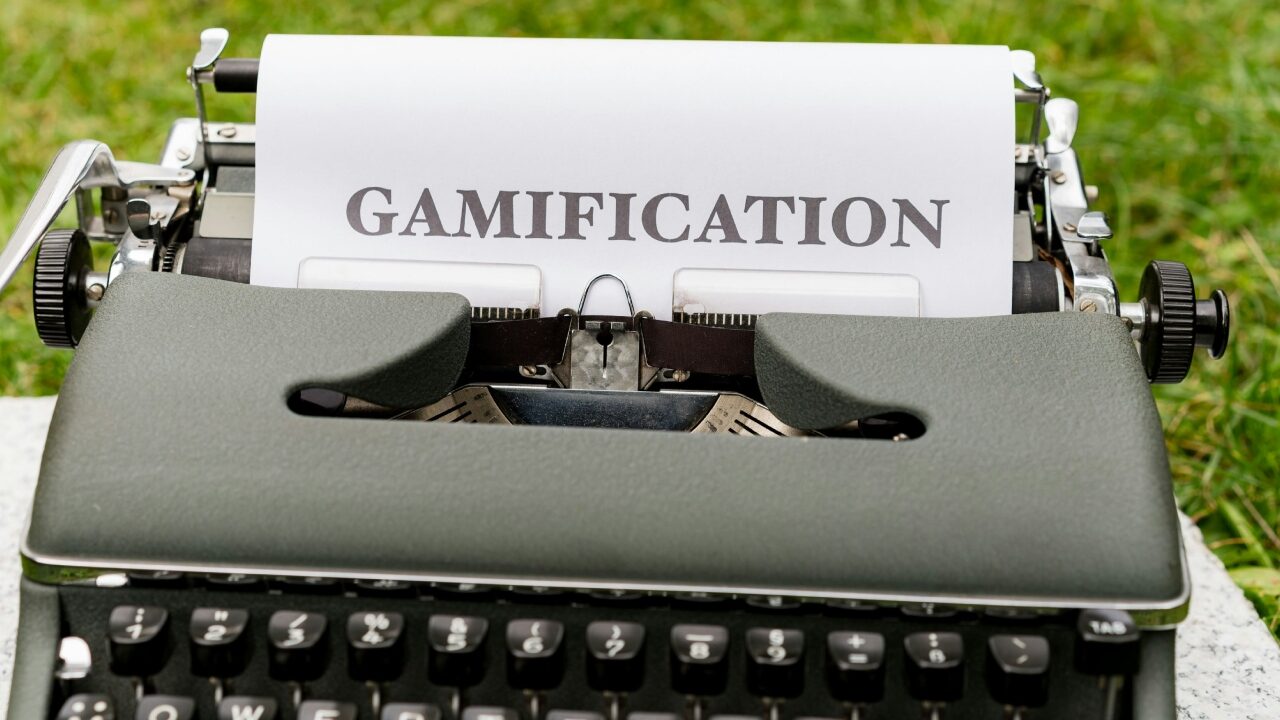Ah, gamification, the buzzword that refuses to die. It’s not just badges and points anymore, oh no. In the futuristic utopia of 2025, it’s the KEY to enslaving… I mean, engaging customers. Digital media companies are now using it to manipulate your every tap, swipe, and scroll. News apps, streaming services, and even those oh-so-trustworthy fintech tools are all in on it. They say it sparks curiosity, competition, and community. I say it sparks addiction, frustration, and the slow erosion of your free will. But hey, at least brands are building loyalty, right? Because nothing says “loyalty” like being tricked into spending more time on an app. 🤡
The New Rules of Engagement (aka How to Keep You Hooked)
Apparently, user expectations have “shifted.” People now DEMAND that media feels rewarding. Because, you know, actual real-life rewards are overrated. Financial apps, especially those shady crypto ones, were the first to jump on this bandwagon. Why? Because gamification helps you navigate intimidating subjects in small, digestible steps, like learning to gamble your life savings away one meme at a time. 💸
For example, crypto platforms use game-like goals, point systems, and streak rewards to teach you how to manage assets while staying glued to the platform. They offer “straightforward explanations” about coin futures (whatever those are), margin tracking (sounds risky!), and risk management (lol, as if they care). Daily check-ins feel “worth it” because you get a streak bonus, like you’re achieving something meaningful instead of wasting your precious time. It’s not a chore, it’s a GAME! 🎉
Badges Are Out, Meaningful Progress Is In (aka We’re Getting Sneakier)
Remember those early gamification efforts with shiny badges? Yeah, those were so 2024. Now, it’s all about progression-based systems that feel “purposeful.” Because nothing says “purpose” like leveling up in a news app.
News platforms are now taking notes from sophisticated works of art like Grand Theft Auto and Call of Duty (because that’s where you go for news, right?). They’re experimenting with gamified features that reward you for being a regular consumer of propaganda. Get access to exclusive newsletters (more propaganda!), live Q&As (ask pre-approved questions!), or temporary ad-free experiences (the horror!). It’s not about simple badges, it’s about adding “value” to your reading journey, like a little pat on the head for being a good little sheep. 🐑
Streaming services are doing the same, letting you “level up” by watching what they want you to watch and curating playlists for others (aka free labor!). This encourages you to explore more of their content libraries, instead of, you know, going outside and experiencing the real world. 🌳
Learning Meets Play (aka Education Through Manipulation)
Gamification is also perfect for education! Whether it’s financial literacy (so you can be a better consumer), health knowledge (so you can live longer and consume more), or current affairs (so you can be properly outraged), game-like systems help you “absorb information” without it feeling forced. Because being forced to learn is, like, so last century.
One banking app gives you tiny cashback rewards for answering quiz questions correctly. It’s like they’re paying you to be indoctrinated! A health-focused media platform turns daily check-ins and quizzes into a “quest” for subscribers to encourage learning about wellness while providing “entertainment.” ScienceDirect even published a study (probably funded by the gamification industry) that showed how these systems “improve information retention while increasing app use.” So basically, they’re admitting it works. 😈
Community Matters More Than Competition (aka We’re All in This Together… to Get Addicted)
Many think gamification is all about beating others, but platforms are realizing people want to feel “connected.” So they’re using social leaderboards, team goals, and community challenges to encourage shared progress. Because nothing bonds people like shared addiction.
Fintech communities launch group challenges where you can set financial savings goals together, sharing progress in a “low-pressure environment.” News apps run community trivia nights, encouraging learning and social interaction. It’s all about sharing the experience of reaching goals, keeping you engaged through shared motivation and success. Just don’t look too closely at who’s profiting from your “shared success.” 🤔
Subtle, Seamless Design Wins (aka We’re Getting Really Good at This)
One reason gamification often fails is that it can feel “forced.” So now, the best examples come from platforms that weave game-inspired elements into the user experience without disrupting the core purpose of the product. In other words, they’re making it so seamless you won’t even realize you’re being manipulated.
Financial platforms integrate micro-challenges related to spending awareness, streaming services offer collectible virtual stickers tied to shows, and news platforms provide surprise content unlocks for consistent readers. It all fits so naturally! When gamification aligns with what you already want to do, it becomes a reason to return rather than a gimmick to avoid. And that, my friends, is the key to eternal engagement. 🤩
Why Gamification Keeps Growing (aka Because It Works, Duh)
The reasons for gamification’s growth are clear. It helps with retention, supports educational goals, and gives you a more active role. More importantly, it gives the user a more active role that gives them reason to interact with the platform. As technology continues to merge with daily life, platforms that offer value while also making each interaction feel rewarding will have a better chance of keeping users interested. When used right, gamification becomes a tool for building connections between people and the platforms they use. It helps them to find value in simple tasks and moments. Or, you know, just keeps them hooked on their phones. 📱
Pixel P. Snarkbyte, widely regarded as the “Shakespeare of Sh*tposts,” is a video game expert with a unique knack for turning pixels into punchlines.
Born in the small town of Respawn, Pennsylvania, Pixel grew up mashing buttons on an ancient NES controller, firmly believing that “blowing into the cartridge” was a sacred ritual passed down through generations.
Pixel P. Snarkbyte: proving that life, much like a buggy open-world game, is better with a little lag-induced chaos.




